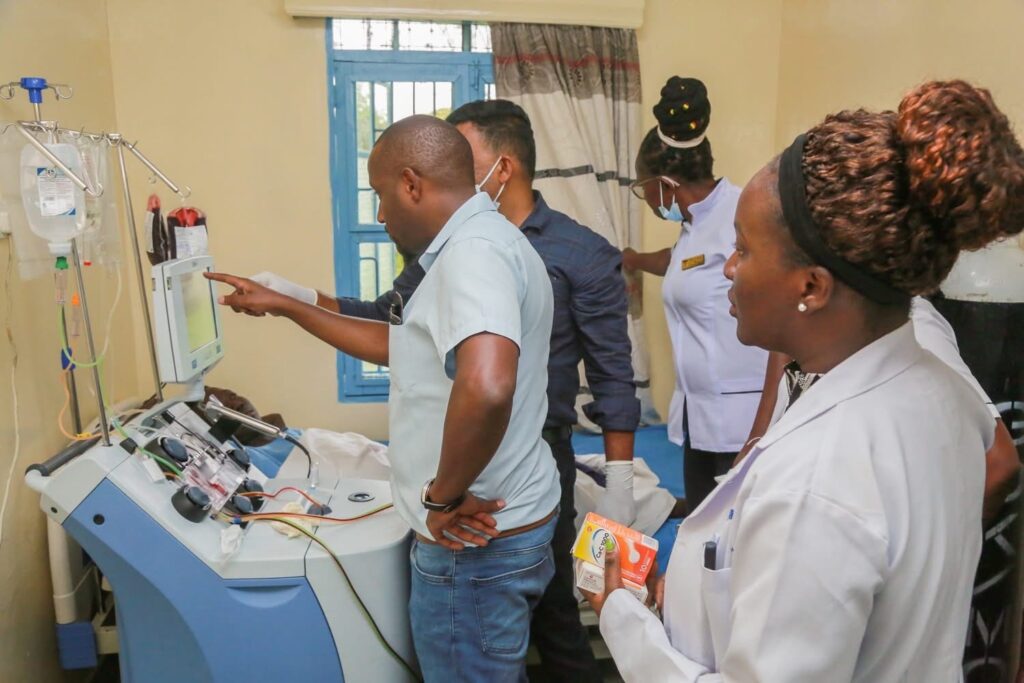Sickle cell patients in Kisumu and neighbouring regions have new reason to hope following the successful launch of the Red Blood Cell Exchange (RBC-E) procedure at Jaramogi Oginga Odinga Teaching and Referral Hospital’s (JOOTRH) Victoria Annex. The cutting-edge treatment, implemented in collaboration with Nairobi West Hospital, represents a significant step forward in the management of sickle cell disease in Kenya’s public healthcare system.
For many years, individuals living with sickle cell disease have faced limited access to advanced care, often travelling to Nairobi or seeking expensive treatment from private facilities. The introduction of RBC-E at JOOTRH changes that reality by bringing life-saving intervention closer to patients in western Kenya. This procedure is designed to replace sickled red blood cells with healthy ones, reducing severe complications such as stroke, organ damage, and pain crises that are common among those affected.
Among the first to benefit from the new service are patients Cornell Ohuru from Ahero and Mitchelle Omullo, who expressed immense relief after undergoing the procedure. Their stories reflect the profound impact of the treatment—transforming fear into optimism and restoring strength and vitality. They reported significant improvement in symptoms, better energy levels, and an overall enhancement in their quality of life.
The launch of this service underscores the government’s commitment to improving access to specialised healthcare and advancing medical innovation in public institutions. It also highlights the importance of strategic collaborations between public and private hospitals in expanding the reach of essential medical technologies.
By introducing RBC-E, JOOTRH is not only improving patient outcomes but also reducing the financial and emotional burden on families affected by sickle cell disease. The hospital’s milestone initiative demonstrates Kenya’s growing capacity to offer complex medical interventions locally, aligning with national efforts to strengthen health infrastructure and deliver equitable healthcare for all citizens.
This development stands as a beacon of hope for thousands of patients across the country, proving that with the right partnerships and investments, chronic conditions such as sickle cell disease can be effectively managed within the public healthcare system.

